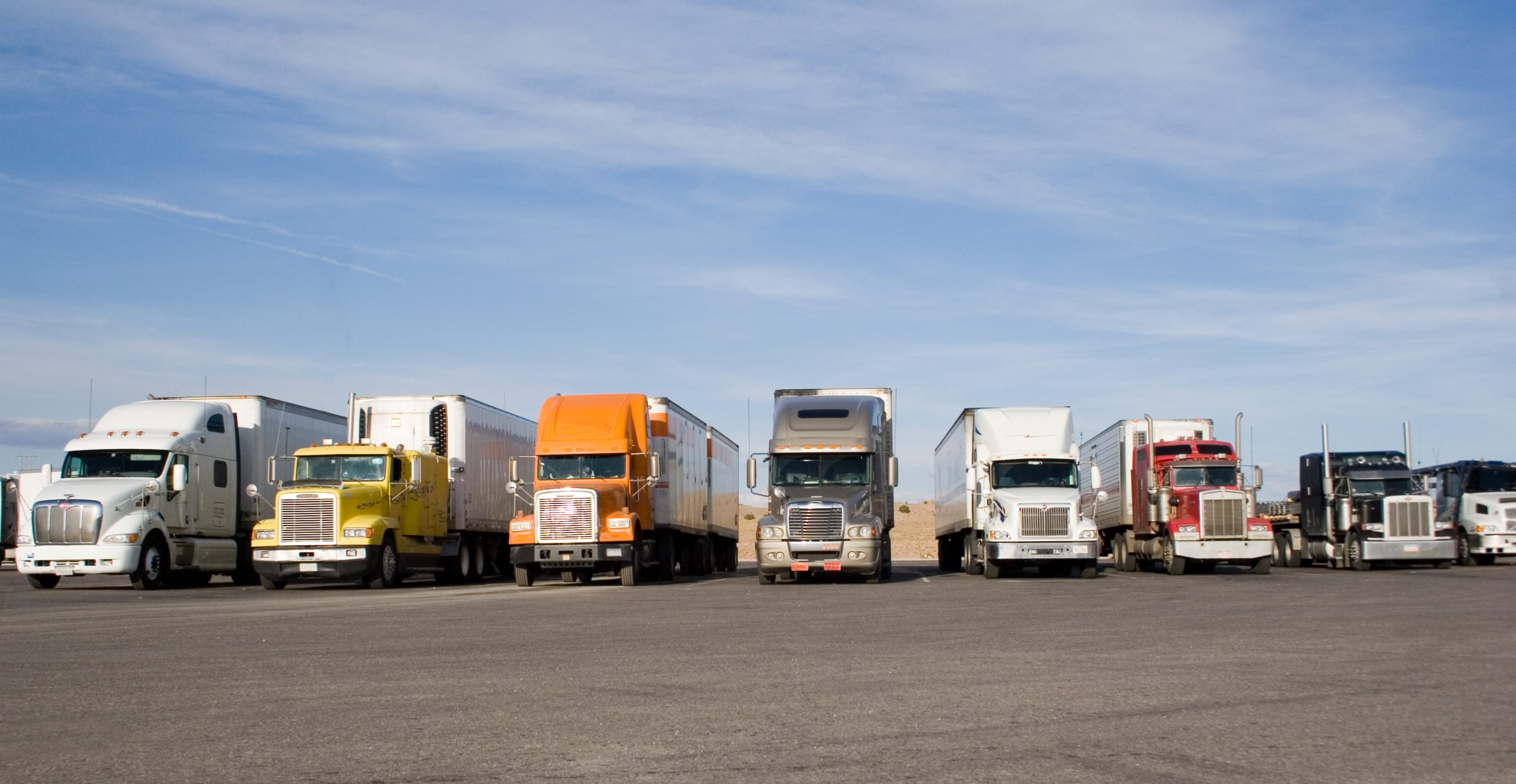Truck drivers know the rules of the road and how to operate safely. One surprising fact: most CMV accidents are caused by the passenger vehicle and not the trucker.
What is Memorial Day?
For some, Memorial Day this long weekend calls for grilling and outside activities. For others, it meant everything.
Memorial Day is a federal holiday that reminds us to remember those who have sacrificed their lives while serving in the military. Their dedication has secured our safety and freedom; and today we honor them.
To all veterans and active duty: Infinit-I Workforce Solutions thanks you for your service!
To the families and friends of those who died: We thank you for your support of our armed services and stand with you to honor their memory.
Accident history on Memorial Day
You may be wondering if it is more dangerous to travel on Memorial Day weekend. Of course, any increase in traffic will increase the likelihood of accidents. This year, there are some extra contributing factors to keep in mind:
Shelter-In-Place lifted + Holiday Weekend + Warm Weather = Recipe for Disaster

In 2018, Memorial Day traffic fatalities accounted for 12% of all traffic fatalities in the month of May. Throughout the year, traffic fatalities average about 100 per day. It is estimated that up to 410 traffic deaths could occur this Memorial Day weekend.
Do your part to reduce that number.
This Memorial Day poses new threats because of the social distancing restrictions we have been facing. Some people may be willing to stay home longer, while others are craving social activities.
Here are some tips to follow so that next year, your family’s Memorial Day won’t be in honor of you.
1. Identify Impaired Drivers:
A minivan full of screaming toddlers. Mom and dad are stressed. Kids are stir-crazy. They haven’t left the house in two months. It is best to avoid driving alongside them.
Jacked up pickup truck with a bed full of coolers, canoes, and innertubes. His music is blaring, he’s throwing back a cold one. You don’t know if he is on his way to the river or if he’s already been drinking there all day. Let him pass.
Cars full of teenagers blaring graduation music because now that is their only option. Their lives have been turned upside down, just like the rest of us. And they are missing out on some key rites of passage like graduation and prom. Give them some space.

2. Look for potential road hazards:
That Jacked up Pickup truck is now throwing empty cans out of the window. His rebel without a cause attitude is dangerous for everyone around him. Do not engage. And maybe, call the police.
That car full of teenagers is about to miss an exit and cut you off. They always do.
Family of deer standing innocently by the road. They are not innocent. In 2019, West Virginians had a particularly hard time with deer. 1 in 38 drivers were involved in a collision caused by an animal.

3. Protect yourself
As much as you want to, do not text “Happy Memorial Day” while driving. Your friends and family will be just as happy to receive texts and calls from you during your break.
People forget how to merge during the holidays. They will be rushing to get home after a long day on the water or with their inlaws. Watch for that.
Constructions zones are everywhere and potentially dangerous, always slow down.
Get plenty of rest.

4. Do extra during your Pre-trip Inspection
The weather is getting warmer, check and double-check your tires and fluid levels. Heat from the weather and from the road can cause tires to expand. Too much pressure can cause poor handling or even blowouts.
If you can’t see, always get out and look when backing, parking, taking off, etc.
Clean your windshield. The glaring summer sun can significantly decrease visibility, especially if the window is smudged or dirty. Avoid truck stop squeegees if the fluid is dirty. Some professional drivers recommend alcohol as the best way to get a spot-free clean.

5. Protect others
Always use blinkers, lights, and horn when necessary.
Use hazard lights to warn the people behind you that traffic is slowing ahead. Many rear-end collisions and pile-ups occur because drivers weren’t aware of slowing traffic ahead.
If you must stop on the shoulder, use your emergency kit to warn oncoming traffic.
Truckers know that missing holidays with friends and family is just part of the gig. Make sure you get back to them in one piece.
And to truck drivers: Thank you for everything you do over the road.
Share this article with the truckers in your life. Let’s work together to keep each other safe.
More Interesting Articles:
5 Bright Future Forecasts for Truckers and How the Industry is Adapting to Coronavirus Challenges
FMCSA is Changing HOS… Again! 4 New HOS Rules
Uber Freight and CloudTrucks Give Truckers New Opportunities

























